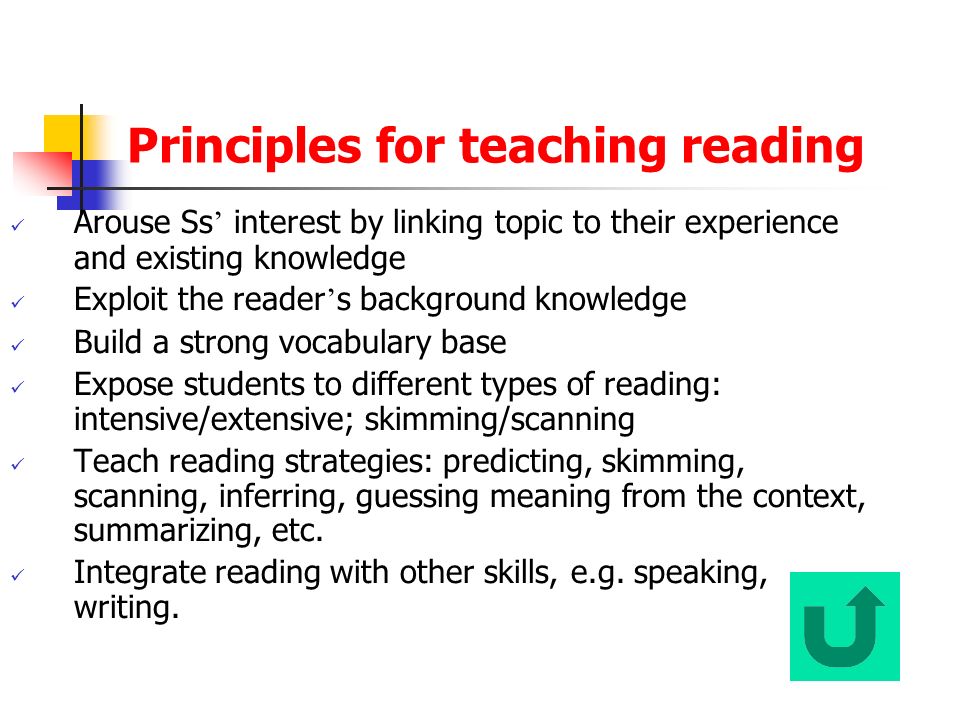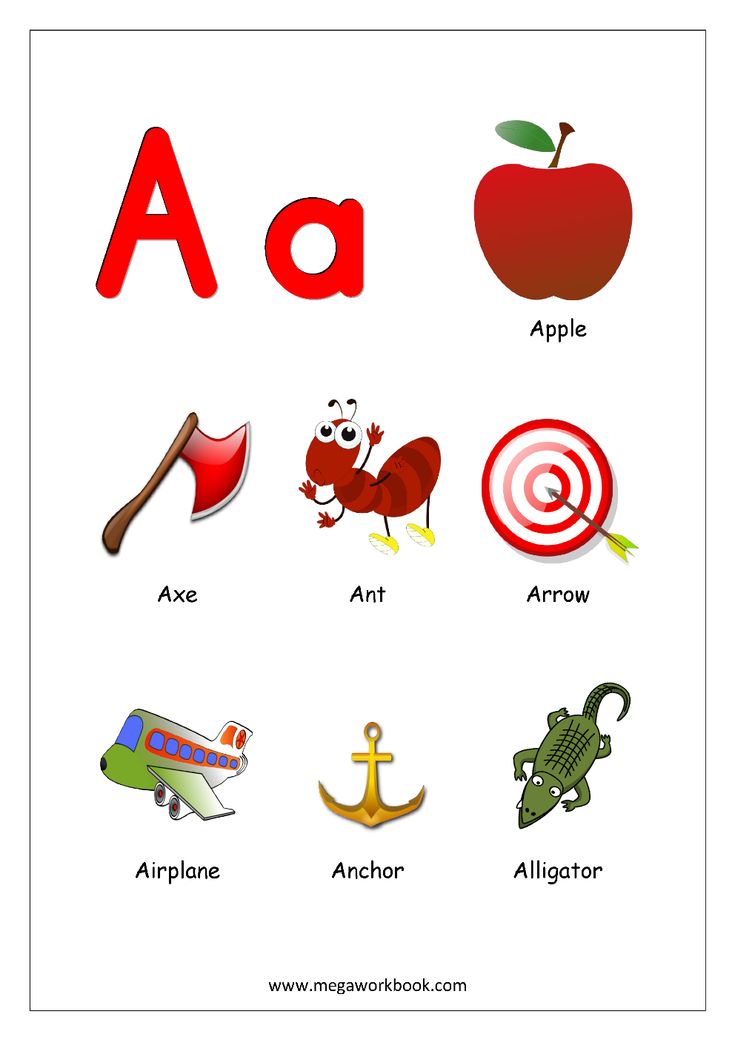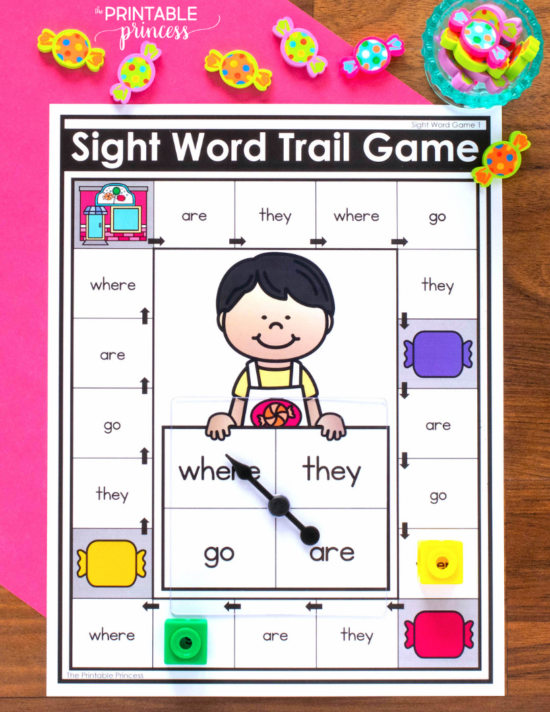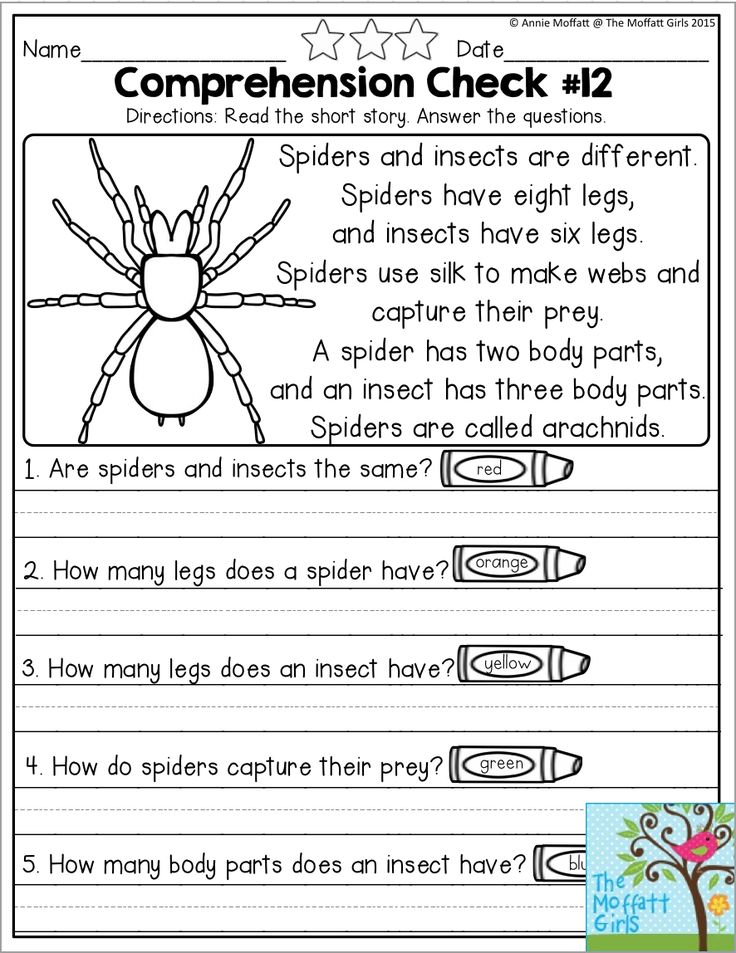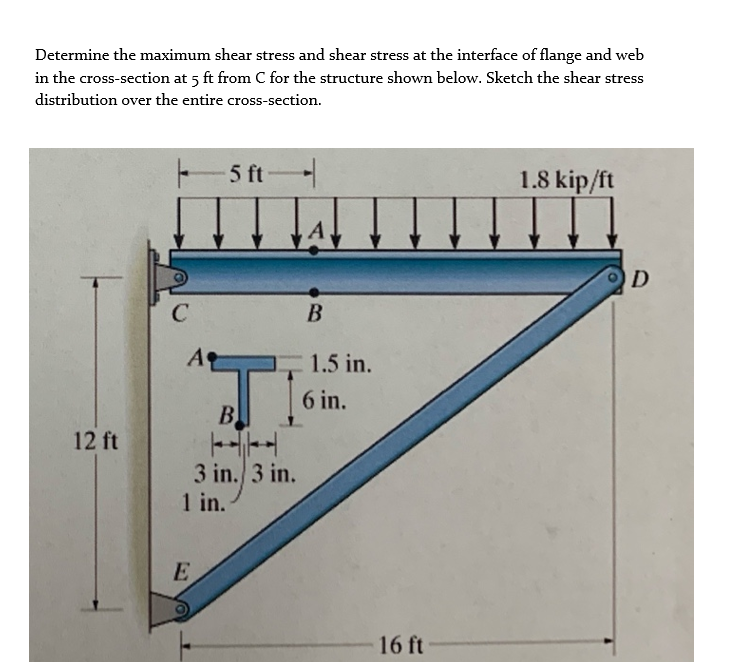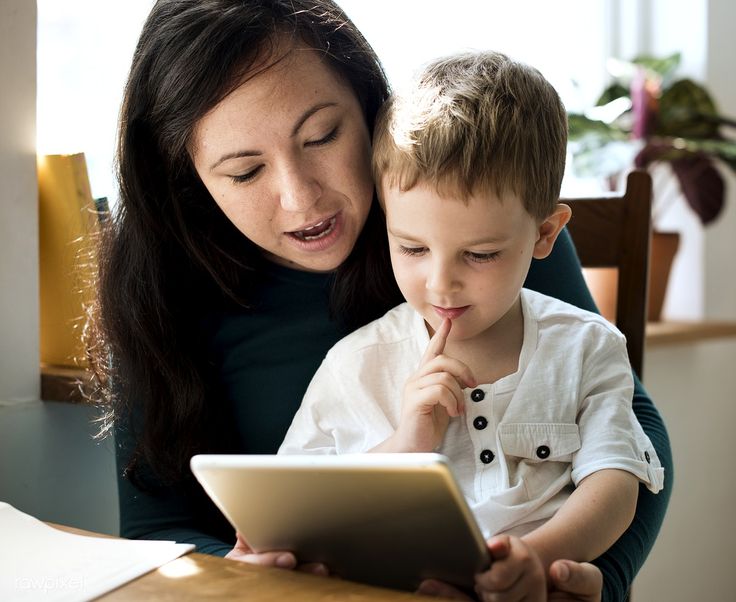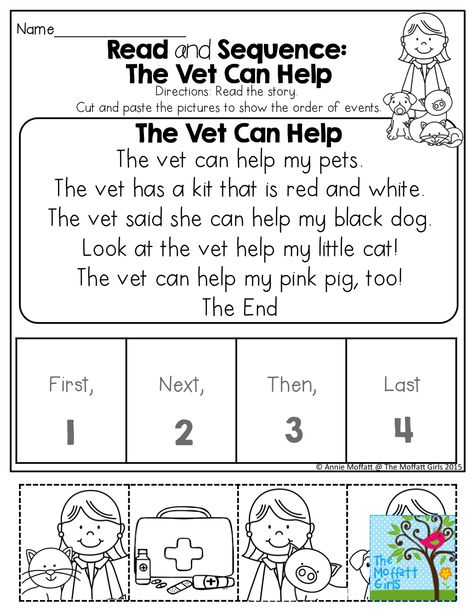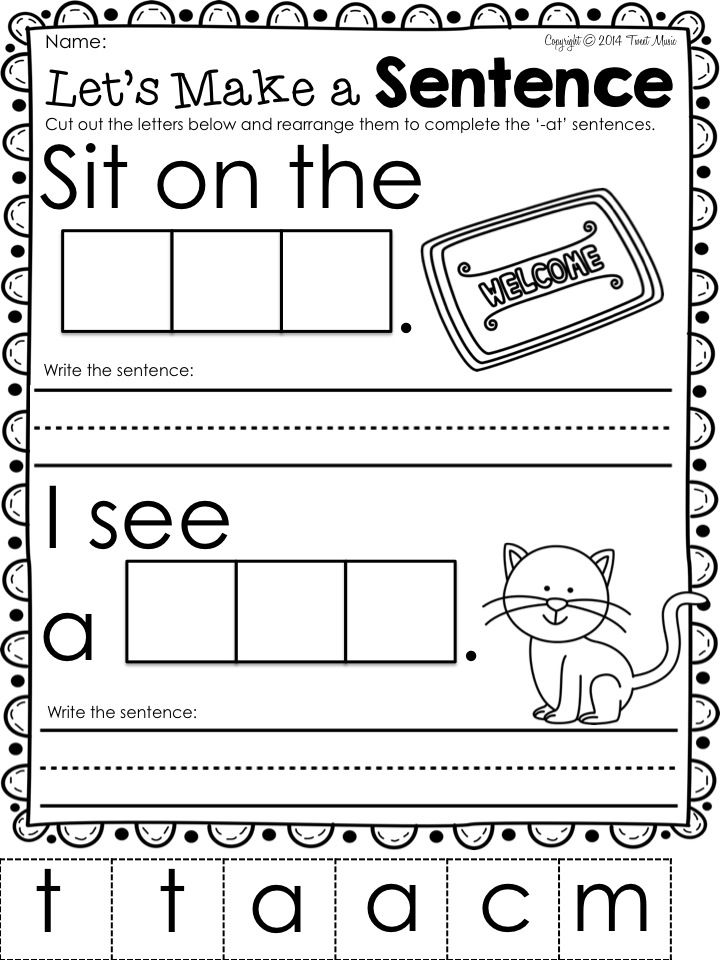Definition of interactive reading
What is Interactive Read-Aloud?
*Effective reading instruction involves a combination of powerful instructional settings. This post is the next in our "What is...?" series, where we define each instructional context that makes up a coherent literacy system.
What is interactive read-aloud?
Interactive read-aloud is a whole-group instructional context in which you read aloud a selected text to the whole class, occasionally and selectively pausing for conversation. Students think about, talk about, and respond to the text as a whole group or in pairs, triads, or quads. Both reader and listeners actively process the language, ideas, and meaning of the text.
Why is interactive read-aloud important?
As an instructional context, interactive read-aloud:
- Allows readers to experience rich, interesting texts that are age- and grade-appropriate, regardless of their independent or instructional reading level
- Provides a context for learning how to talk about texts with others
- Builds a community of learners with shared literary knowledge
- Expands knowledge, language, and vocabulary
- Builds a foundation of mentor texts for reading and writing mini lessons.
“Interactive read-aloud is the foundation of a community that shares literary understandings through thinking and talking together.” – Irene C. Fountas and Gay Su Pinnell
What does interactive read-aloud look like?
Be sure all students are comfortably seated in the whole-group area and can easily see and hear the text being read aloud. Sit at the front while students are clustered facing you. Alternatively, have students sit on chairs in a horseshoe shape. Allow space for students to turn and talk to each other.
Structure of an interactive read-aloud lesson:
- Introduce the text – Engage student interest and activate thinking.
- Read the text – Stop a few times to invite thinking and a brief conversation. Students may turn and talk in pairs or threes, etc.
- Discuss the text –Invite students to talk about the book. As students reflect on the meaning of the whole text, guide them toward some of the key understandings and main messages of the text.
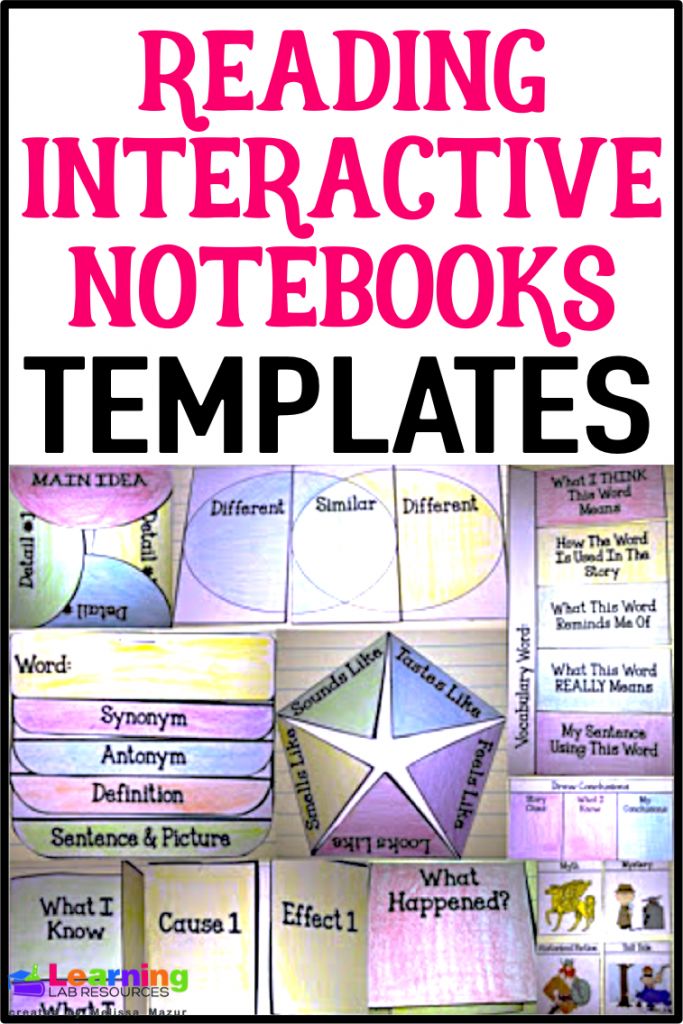
- Revisit the text (optional) – You may want to revisit the book (on the same day or on subsequent days) to reread it, or parts of it, so that students can notice more about how it is crafted and build a deeper meaning.
- Respond to the text (optional) – Engage students in additional experiences to enhance their appreciation and interpretation of the text, e.g., writing about reading, art, drama, and inquiry-based projects.
Interactive read-aloud is the foundation for instruction in your classroom. It provides rich opportunities for every student to expand background knowledge, experience age-appropriate and grade-appropriate text, and learn a variety of ways to think deeply and use academic language to talk about an engaging text.
To learn more about the Fountas & Pinnell Classroom™ Interactive Read-Aloud Collection, click the link below.
~The Fountas & Pinnell Literacy™ Team
Check out the entire "What is?" blog series:
- What is Guided Reading?
- What is Interactive Read-Aloud?
- What is Shared Reading?
- What are Reading Minilessons?
- What is Independent Reading?
- What are Book Clubs?
- What is Phonics, Spelling, and Word Study?
.
Topics: Fountas & Pinnell Classroom™, Featured Posts, Home, Interactive Read-Aloud, What is Series
What is Interactive Reading? (with pictures)
`;
Sandi JohnsonSomething that is interactive involves input or actions on the part of the user.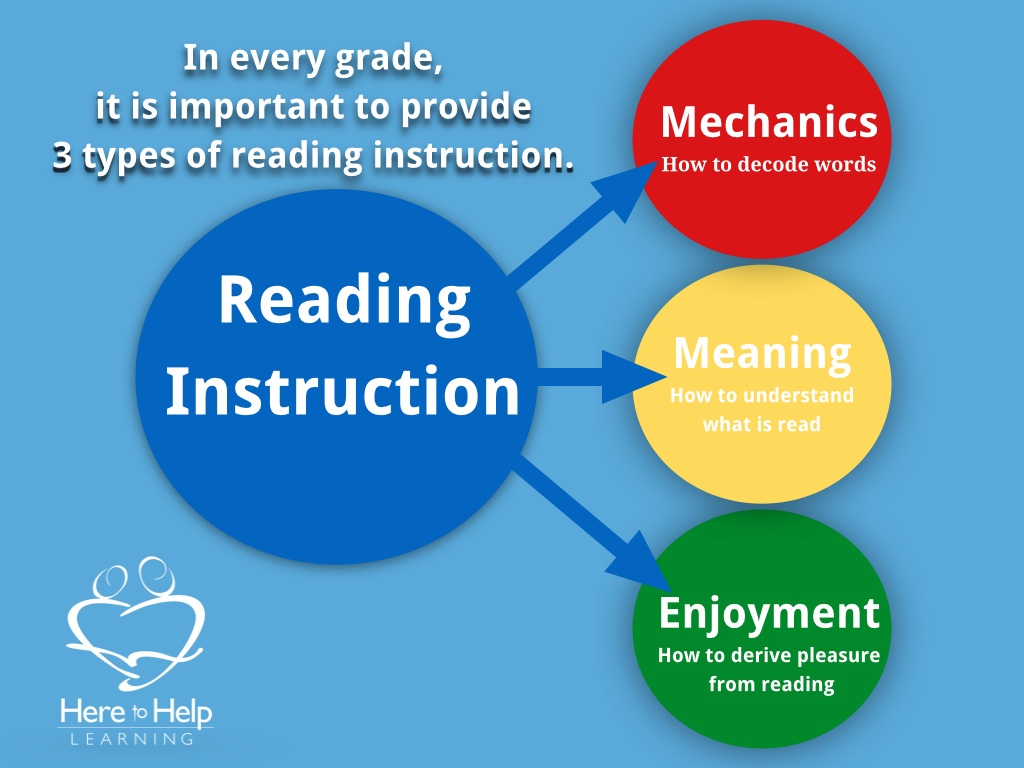 Interactive reading thus requires some action or involvement on the part of the reader. In short, interactive reading encourages the reader to do more than simply read printed text. Print books with alternative endings, ebooks with hyperlinks, virtual books, websites and even blogs and wikis are examples of things that can be read interactively. In these examples, the action of the reader influences or enhances his or her experience of a text.
Interactive reading thus requires some action or involvement on the part of the reader. In short, interactive reading encourages the reader to do more than simply read printed text. Print books with alternative endings, ebooks with hyperlinks, virtual books, websites and even blogs and wikis are examples of things that can be read interactively. In these examples, the action of the reader influences or enhances his or her experience of a text.
Elementary school teachers expose their students to various forms of interactive reading to teach language art skills and to facilitate reading comprehension. Teachers use a variety of tools, methods and interactive lessons to increase retention of topics and further learning. Interactive learning materials such as companion websites provide additional involvement beyond the text. Examples of such materials include online games, virtual books with interactive skill-building exercises, videos and other multimedia teaching aids.
Teachers use a variety of tools, methods and interactive lessons to increase retention of topics and further learning. Interactive learning materials such as companion websites provide additional involvement beyond the text. Examples of such materials include online games, virtual books with interactive skill-building exercises, videos and other multimedia teaching aids.
School-age children are not the only ones to benefit from interactive reading. Adults have the ability to learn online from a variety of interactive media. Newspaper and magazine websites are primary examples. Through online content, publishers encourage readers to go beyond the printed text or online articles. Readers can comment, provide feedback, attend online seminars or glean resources for further study from reading and following links.
Through online content, publishers encourage readers to go beyond the printed text or online articles. Readers can comment, provide feedback, attend online seminars or glean resources for further study from reading and following links.
The use of interactive learning materials, and indeed the entire concept of interactive reading, is commonly associated with technology. In actuality, encouraging the physical interaction of readers with the text they read is not a new concept. Pop-up books with movable elements and additional content appeared in Victorian-era learning materials. These early forms of interactive reading sought to engage children with manipulative components to illustrate concepts and complex systems. Encyclopedias from the mid to late-1900s featured clear cellophane overlays that allowed readers to dissect anatomies system by system as they turn the pages to build each systems’ layers.
These early forms of interactive reading sought to engage children with manipulative components to illustrate concepts and complex systems. Encyclopedias from the mid to late-1900s featured clear cellophane overlays that allowed readers to dissect anatomies system by system as they turn the pages to build each systems’ layers.
Modern technology allows for a far deeper and broader use of interactive media. Readers become an integral part of their own absorption of information with the use of multimedia tools, online content and various interactions. Publishers encourage readers to get involved with the materials printed by providing an ever-expanding menu of options for further understanding and enjoyment. Websites, blogs, user-generated wikis, online games and ebooks are just a few examples of what is available in terms of interactive learning materials and options.
Websites, blogs, user-generated wikis, online games and ebooks are just a few examples of what is available in terms of interactive learning materials and options.
use of interactive learning technologies in the classroom
- Text Link
There are three teaching methods used in education: passive, active and interactive. Passive method involves one actor - the teacher, who manages the course of the classes, and the students act as listeners.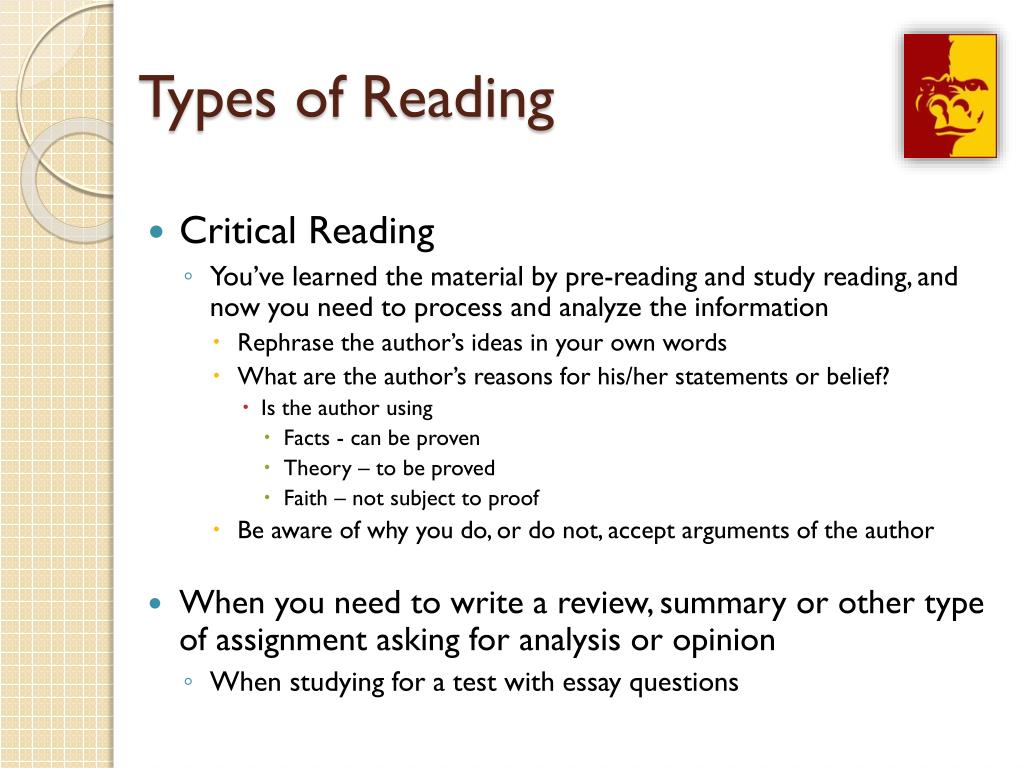 Often this form is practiced at lectures at the university.
Often this form is practiced at lectures at the university.
With an active method, the teacher and students interact with each other throughout the lesson. There is a third option - interactive, which we will discuss below.
Teaching methods
What is interactive learning
Interactive learning is originally a kind of active learning that has grown into a separate method. Interaction occurs not only between the teacher and students, but also between groups or individual students. In another way, it is called "dialogue learning".
Interactive forms help the teacher to captivate students with the lesson, motivate them for active participation, achievement of results and teamwork.
Principles
Interactive learning implies:
- activities and relationships through which both the teacher and students are involved in the process and seek solutions;
- equality in communication, which helps to openly discuss possible outcomes;
- experiments, creativity.
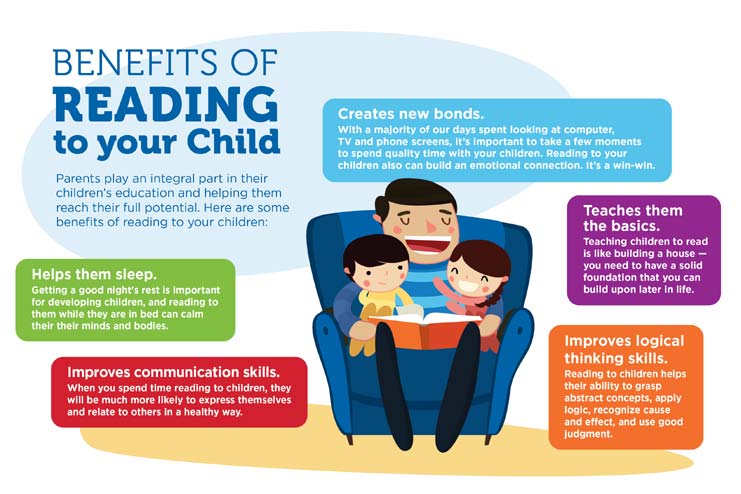
<
Tools
Learning Tools are the objects that the teacher uses to teach and present materials.
The basis of interactive learning is visualization, since 80% of information is perceived by a child through vision.
Among them are often distinguished:
- interactive whiteboards;
- interactive set-top boxes, projectors, displays;
- LEGO robotics and building sets;
- interactive table;
- wireless tablet;
- document camera - a device under which a textbook is placed and its image is projected onto a computer and an interactive whiteboard;
- interactive sandbox, which, in addition to sand, has a projector and software that creates an additional reality;
- mobile planetarium - dome with projector inside;
- computers and office equipment.
Separately, it is worth noting e-learning, where interactive webinars and online conferences are held.
Online Learning Forms
Learning Forms are activities. Here, the teacher needs more activity and creativity than with other options for conducting lessons. At the same time, when preparing for each specific topic or subject, you can use different forms or a combination of them:
- Master classes — transfer of practical experience from teacher to students.
- Interactive webinars - a traditional lecture along with discussion, debriefing, slides or films.
- Cases - a solution to a specific situation.
- Voting, surveys - a discussion during which students are actively involved in the search for truth, openly share opinions and learn to argue their point of view.
- Brainstorming - joint generation of ideas and search for non-standard creative solutions.
- Projects - independent work on the task.
- Trainings - a joint search for a solution to a problem, followed by a discussion.
- "Microphone" - the statement of one student on the problem, the rest do not comment.
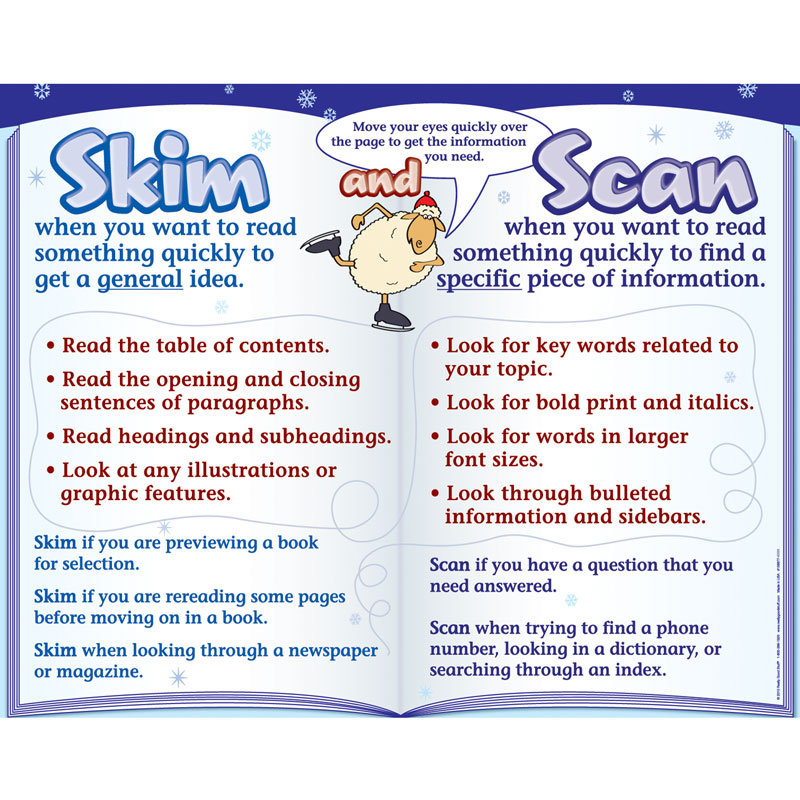
- "Brownian movement" - chaotic movement around the class in search of a solution.
- Debates are substantiated and reasoned statements of two sides.
- Business games - playing situations.
- "Aquarium" is a kind of business games where participants who were not involved in the process comment on what is happening.
- Rotational trios - work in a group of three people, in which the composition changes with each next task.
- Couples and small groups - work for two or more.
- "Decision tree" - work with whatman paper: groups write down the solution to the situation, and then exchange paper, adding their ideas to the paper of their neighbors.
Advantages and disadvantages
Advantages for the child :
- independence, because you need to look for information in different sources;
- developed communication skills for sharing experiences;
- critical thinking;
- creative skills;
- mental health, as the method helps to relieve increased mental and academic stress;
- easy learning;
- enhanced cognitive abilities.
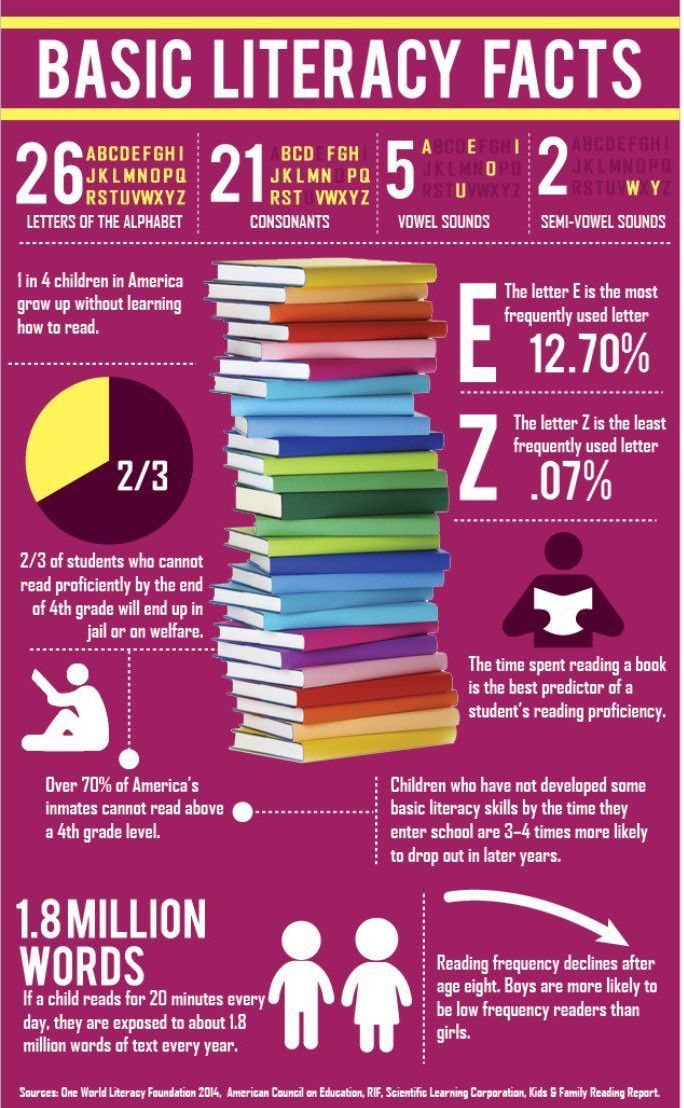
Difficulties for the teacher :
- maintaining a balance between play and learning;
- adaptation of the method to the characteristics of the character and behavior of children;
- high level of organizational skills;
- time spent on learning a new method;
- the fight against anxiety and discomfort in children with the introduction of a new format;
- one topic is more time-consuming to study compared to passive and active methods;
- energy consumption.
Disadvantages of the method:
- few methodological developments,
- insufficient qualification of teachers,
- high financial costs for equipment.
Interactive class at the Foxford External School and Home School
For classes, we use a special platform on which webinars are held, lesson recordings are stored and knowledge is controlled. The child only needs a computer, laptop or tablet. By completing homework on the platform, the student receives experience points.
The child only needs a computer, laptop or tablet. By completing homework on the platform, the student receives experience points.
The teacher is in the classroom with a video camera and the students are in front of their computers. Guys can ask questions in the chat and get answers instantly.
Algebra Webinar at Foxford External and Home School
Webinars include polls and polls that help students and teacher interact.
Oral survey in a geography lesson - Foxford online home school languages, discussion club, online theater studio, speedcubing club and others. Interactive learning helps to make lessons interesting, gives the child the opportunity to become an active participant in the learning process, share their opinions and experiences, learn to interact with the team and make independent decisions.
Welcome to the digital school of the future!
Foxford Online Home School provides live classes, real-time communication with teachers and classmates, interactive homework assignments and e-learning materials.
I accept the terms agreements and privacy policy
Recorded!
A consultant will contact you soon and tell you about studying at our online school.
Check your email - there is a letter about what to do before the consultation.
Oops :( Something went wrong. Try calling us at +7 (800) 500-17-81 or email [email protected].
Variety of interactive reading exercises in English — NovaInfo 25
- Shkvaryuk A.A.
Pyatigorsk State Linguistic University
Published
Section: 10,
CC BY-NC 9022
Annot.
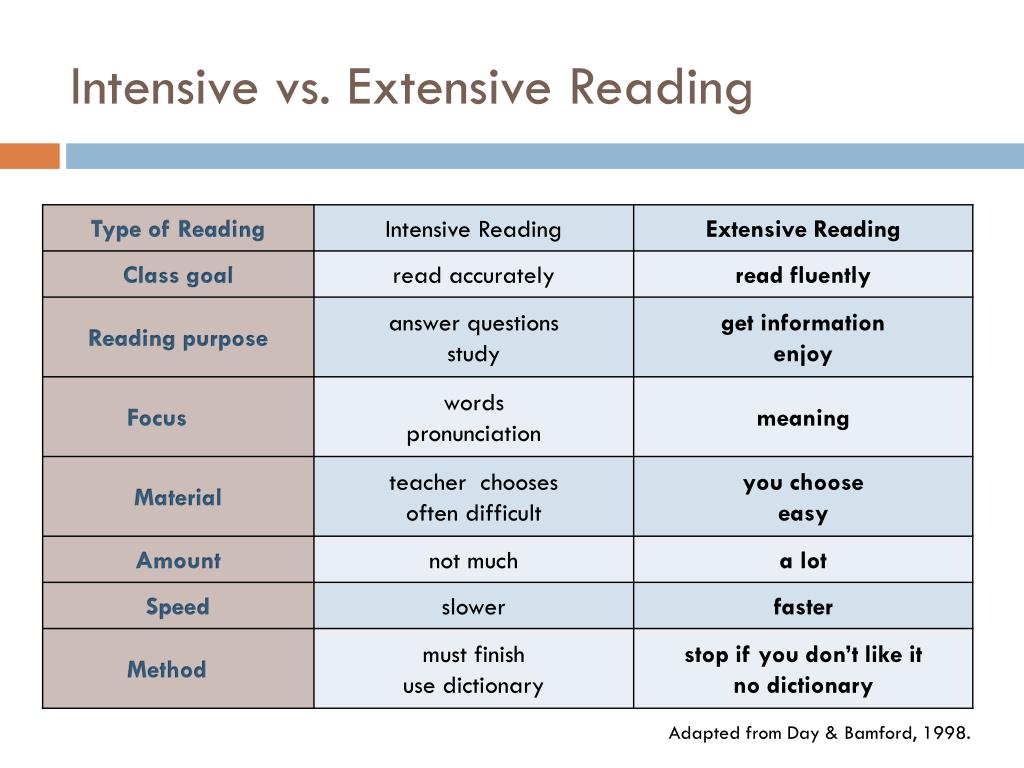 in constant development, change and improvement. An integral part of teaching foreign languages is teaching receptive reading and listening skills. It is noteworthy that teaching these particular types of speech activity often causes particular difficulties for students. That is why a modern teacher faces the task of organizing an effective educational process aimed at forming a high level of foreign language communicative competence.
in constant development, change and improvement. An integral part of teaching foreign languages is teaching receptive reading and listening skills. It is noteworthy that teaching these particular types of speech activity often causes particular difficulties for students. That is why a modern teacher faces the task of organizing an effective educational process aimed at forming a high level of foreign language communicative competence. Keywords
FOREIGN LANGUAGES, INTERACTIVE METHODS, TEACHING METHODS, READING TEACHING, COMMUNICATIVE APPROACH
Text of a scientific work
Formation of students' receptive reading and listening skills is an integral part of the formation of foreign language communicative competence. The problem of modern schoolchildren is that today they have no desire to read even in their native language, not to mention a foreign one. How to encourage students to read in a foreign language? How to make them want to read both intensively and extensively? In our opinion, the most effective mechanism for shaping students' desire to read in a foreign language is the use of interactive methods for reading various texts during English lessons. There are a number of suggestions for developing interactive exercises for learning to read. However, in the studied methodological literature, there is a lack of developed interactive exercises for the formation of receptive skills at the middle stage of education. In view of this, in our work we will try to develop a set of exercises for teaching reading using interactive methods at the middle stage of learning. As a basis, we will use the sample system of interactive exercises for teaching reading, developed by J. Harmer.
There are a number of suggestions for developing interactive exercises for learning to read. However, in the studied methodological literature, there is a lack of developed interactive exercises for the formation of receptive skills at the middle stage of education. In view of this, in our work we will try to develop a set of exercises for teaching reading using interactive methods at the middle stage of learning. As a basis, we will use the sample system of interactive exercises for teaching reading, developed by J. Harmer.
Openwork file method
Students read a short text that raises a specific issue, and then in three groups they read three different texts, each describing the same thing (different aspects of behavior such as anger , annoyance, or different approaches to a problem, or different parts of a story or unusual incident). After reading their passages, they unite in groups, where each of the students read different texts, and try, by joining forces, to consider the problem in full, to describe the situation in detail. The openwork sawing method is a technique that provides a high level of motivation. It is this method that provides students with a desire to read in view of the fact that after reading they will have to combine their efforts, i.e. interactive interaction.
The openwork sawing method is a technique that provides a high level of motivation. It is this method that provides students with a desire to read in view of the fact that after reading they will have to combine their efforts, i.e. interactive interaction.
Puzzle method
Unlike the openwork file method, there are many different methods that arouse students' interest in reading. For example, we can give them texts in which each paragraph is printed on a separate sheet of paper. In this case, students need to arrange these parts in the correct order to get a coherent text.
The teacher can also offer students a series of emails with mixed dates. Another option could be a task in which parts of two stories are mixed up with each other. Here the task of the students is not only to arrange the parts of the text so that a coherent story is obtained, but also to determine their belonging to a particular story.
Use of newspapers
The types of exercises in which printed publications or their online versions can be used are almost limitless. The teacher can develop all kinds of matching exercises, such as matching articles and their titles, or matching articles and their corresponding illustrations. At more advanced levels of language learning, a teacher might give students different articles about the same incident or problem and then ask them to find the differences between them. Newspaper headlines can be used as a stimulus to practice productive skills (speaking or writing). So, for example, students can write an essay and express their opinion about a particular problem.
The teacher can develop all kinds of matching exercises, such as matching articles and their titles, or matching articles and their corresponding illustrations. At more advanced levels of language learning, a teacher might give students different articles about the same incident or problem and then ask them to find the differences between them. Newspaper headlines can be used as a stimulus to practice productive skills (speaking or writing). So, for example, students can write an essay and express their opinion about a particular problem.
The teacher may also give students short notices to read about vacations, people, or things of their choice. Later, these types of texts can be used in role-playing games where students can share their thoughts about why they made certain choices.
Alternatively, you could invite students to read the letters that people write to newspapers and then ask them to imagine and describe what the writers look like and the lifestyle they lead. Then you can offer to compose answers to letters.
Then you can offer to compose answers to letters.
Method of following instructions
Students can read instructions for simple operations (such as using a telephone booth) and put parts of the instructions in the correct order. They can also work through the instructions in the printers or how to install a new cartridge in them with the small pictures that usually accompany their instruction manual. The teacher can also give students instructions on how to read these kinds of texts.
Recipes are a special kind of instruction genre that can be used to teach reading in a manner similar to the instructions described above. For example, students can read recipes and match them to their corresponding pictures. After that, you can offer students a role-play game where they will prepare an imaginary meal.
Method of using poetry
In groups, each student is given a line from a poem. They are not allowed to show their string to other members of the group. They are only allowed to read their line aloud. The task of the students is to assemble the poem by arranging the lines in the correct order. An example of a poem that could be used for this kind of task is "Fire and Ice" by Robert Frost:
They are only allowed to read their line aloud. The task of the students is to assemble the poem by arranging the lines in the correct order. An example of a poem that could be used for this kind of task is "Fire and Ice" by Robert Frost:
Some say the world will end in fire,
Some say in ice.
From what I've tasted of desire
I hold with those who favor fire.
But if it had to perish twice
I think I know enough of hate
To know that for destruction ice
Of course, this poem is most appropriate to use for teaching students not lower than upper-intermediate level.
The teacher can also invite students to read different poems, and then, without showing their poem to anyone, they can walk around the room looking for similarities and differences between their own poem and the other students' poem.
Another way to use poetry is to show students the poem line by line (on a projector or computer screen). In this case, some words in the lines may be closed. When students see lines with missing words, they try to guess what word might be in the gap. The second time they see the first letter in the missing word. The third time the second letter appears, and so on. This method is a great opportunity to motivate students to activate the contextual vocabulary they already have.
When students see lines with missing words, they try to guess what word might be in the gap. The second time they see the first letter in the missing word. The third time the second letter appears, and so on. This method is a great opportunity to motivate students to activate the contextual vocabulary they already have.
Storytelling excerpt method
Students read an excerpt from a play or film. After the language of the work, syntactic constructions has been analyzed, the teacher organizes a dramatization of an excerpt from the work. This also means paying close attention to how the lines are pronounced, to phrasal stress, intonation, speech speed, etc.
For this kind of exercises, you can use texts of various genres. reading a text aloud - a skill of oral speech - can only be successful when students have really studied the text, worked with the lexical meanings of words, and considered how to most successfully present it in colloquial speech.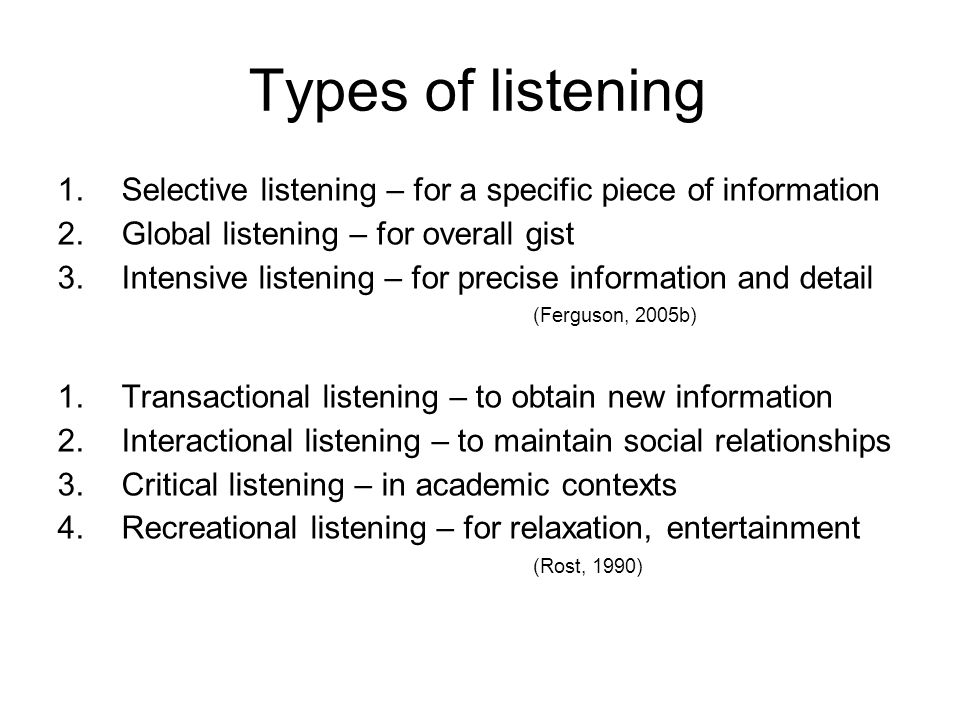
Method of forecasting based on words and pictures
Students are offered a set of words from the text. Working in groups, they predict what text they will read or what the text will be about. Then, they read the text and determine if their guesses were correct. Of course, the teacher should not give students single words. The teacher should offer the students whole phrases and invite them to try to briefly outline the story they are about to read. For example, phrases such as "knock on the door" or "Go away!", "They find a man the next morning", "He is dead", "James is in the lighthouse" will help students predict (perhaps not correctly , of course) that the story will focus on the owner of the lighthouse, some kind of threat and a dead person.
In addition, students may be offered pictures from the text, accompanied by small excerpts from the text.
Variable Feedback Method
There are many things students can do with a reading text other than answering questions to check understanding, determine if sentences are correct or incorrect, or find specific words in a text. For example, when a test is full of a variety of facts or information about individuals, the teacher might have students organize the information into graphs or charts. The teacher can also invite students to describe the people the text is talking about (where there is no description of the person's appearance). This will encourage students to visualize what they are reading. In addition, you can invite students to read stories that do not have an ending. Thus, forecasting skills are developed. An alternative to this may be a phased reading of the text with stops during which the content of the next part of the text is predicted.
For example, when a test is full of a variety of facts or information about individuals, the teacher might have students organize the information into graphs or charts. The teacher can also invite students to describe the people the text is talking about (where there is no description of the person's appearance). This will encourage students to visualize what they are reading. In addition, you can invite students to read stories that do not have an ending. Thus, forecasting skills are developed. An alternative to this may be a phased reading of the text with stops during which the content of the next part of the text is predicted.
At more advanced levels of language learning, the teacher can motivate students to discuss the attitude of the author of the text to the problem. It is also possible to involve students in the analysis of the genre of the work, where they study the constructions of various examples or ads in a magazine in order to develop a typical text construction (Harmer, J.